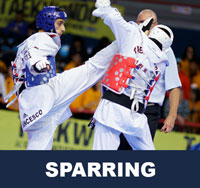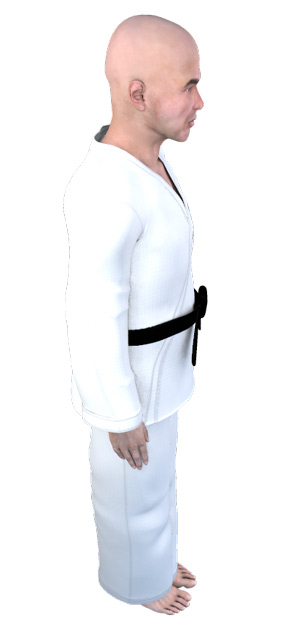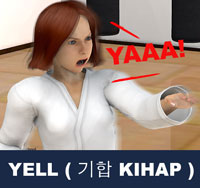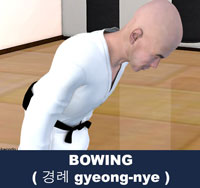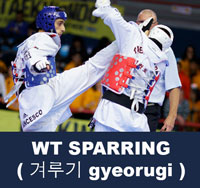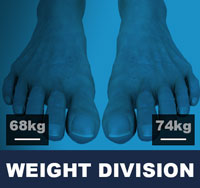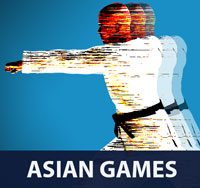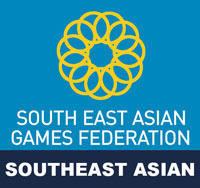Taekwondo 태권도Taekwondo Preschool
Promotion from one geup to the next can proceed rapidly in some schools, since schools often allow geup promotions every two, three, or four months. Students of geup rank learn the most basic techniques first, and then move on to more advanced techniques as they approach first dan. Many of the older and more traditional schools often take longer to allow students to test for higher ranks than newer, more contemporary schools, as they may not have the required testing intervals. View Taekwondo belt levels »
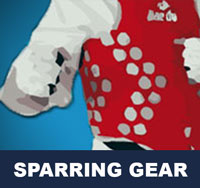
Sparring Gear
Sparring is a form of training common to many combat sports. Although the precise form varies, it is essentially relatively 'free-form' fighting, with enough rules, customs, or agreements to make injuries unlikely. Depending on the type of tournament and club, competitors may also use fist protectors, foot protectors, instep guards, helmets and mouth guards.
Chest Protector ( 호구 hogu )
A Chest Protector ( 호구 hogu ) is the armor worn by practitioners of taekwondo during sparring ( 겨루기 gyeorugi ). Translated into English, hogu means chest or chest protector. The hogu has been used in World Taekwondo (WT) sparring since the 1950s and is considered the most important piece of sparring equipment in the taekwondo practitioner's arsenal. The hogu is the most common scoring area in taekwondo sparring ( 겨루기 gyeorugi ). The blue or red colored area of the body protector is the scoring targets. The hogu can be hit by the heel, the sole and the top of the foot by many kicking techniques like the roundhouse kick ( 돌려차기 dollyeo-chagi ) or the back kick ( 뒤차기 dwi-chagi ), and can also be hit with the fist ( 주먹 jumeok ). Hogus are made by various companies such as Adidas and Daedo, only certain brands of chest protector are approved by the World Taekwondo (WT). The chest protector is mandatory in World Taekwondo (WT)- or Olympic-style competition; however, it is not used in International Taekwondo Federation (ITF)-style sparring.
Head Gear
Headgear is a padded helmet worn during sparring ( 겨루기 gyeorugi ) in taekwondo. It is designed to protect the head ( 머리 meoli ) against strikes and against accidental impact, including the head ( 머리 meoli ) hitting the floor after a slip or knockdown. This sort of headgear can be open face, full faced and sometimes even a full plastic face shield.
Mouth Guard
A mouthguard is important to protect the teeth and gums from injury, and to cushion the jaw ( 턱 teog ), resulting in a decreased chance of knockout. They prevent or reduce harm levels of concussion in the event of an injury to the jaw ( 턱 teog ). Tournaments and schools also often have rules requiring their use.
Shin Guards
A shin guard or shin pad is a piece of equipment worn on the front of a fighter’s shin ( 정강이 jeonggangi ) to protect them from injury.
Instep Guards
World Taekwondo (WT) tournaments consist mostly of kicks being thrown between competitors. The instep guards are worn to protect the practitioner's instep of the foot ( 발등 baldeung ) during impact.
Arm Pads
These are protective pads worn on the arms to protect and block the opponents kicks.
Boxing Gloves
Boxing gloves are cushioned gloves that fighters wear on their hands during matches and practices. They are designed to protect the athlete's hands against heavy strikes to the opponent during sparring.
Groin Cup
Cups offer protection for the groin during contact sparring and are usually made of hard plastic.

Training Safety Precautions
Meditation is a practice in which an individual trains the mind or induces a mode of consciousness. The practice has a calming effect and directs awareness inward until pure awareness is achieved, described as being awake inside without being aware of anything except awareness itself. Meditation is often used to clear the mind and ease many health issues, such as high blood pressure, depression, and anxiety.
In taekwondo, sometimes after the class finishes, the master ( 사범님 sabeomnim ) instructs the students to meditate in the dojang in a sitting cross-legged posture. Cooling down, also called warming down, is an easy exercise that will allow the body to gradually transition from an exertional state to a resting or near-resting state. View Meditation »
* Please see a certified Master Instructor ( 사범님 sabeomnim ) for training. Proper guidance and instructions are needed to ensure safe training.
Risk of injury can be reduced by completing an effective warm up consisting of a heart raiser to get your pulse up, followed by sport specific dynamic stretches (stretches whilst moving). Please follow the guidance of a certified Master Instructor or trainer when doing sports related activities. Depending on the intensity of the exercise, cooling down can involve a slow jog or walk, or with lower intensities, stretching can be used. Cooling down allows the heart rate to return to its resting rate. View more information on Warming Up and Cooling Down ».
This article uses material from the Wikipedia articles "Warming Up" and "Cooling Down", which is released under the Creative Commons Attribution-Share-Alike License 3.0.
There are five tenets defined in the International Taekwondo Federation (ITF) and several more in World Taekwondo (WT).
Indomitable Spirit ( 백절불굴 baekjul-boolgool ): "To have indomitable spirit means to have the courage to stand up for what you believe in, no matter what odds you are up against, and to always give 100% effort in whatever you do." View Taekwondo Tenets »
RESOURCES
This article uses material from the Wikipedia articles "Sparring", "Taekwondo Competition", "Martial Arts", "Hogu", "Mouthguard", "Shin guard", "Headgear (martial arts)", "Boxing glove", which is released under the Creative Commons Attribution-Share-Alike License 3.0.














